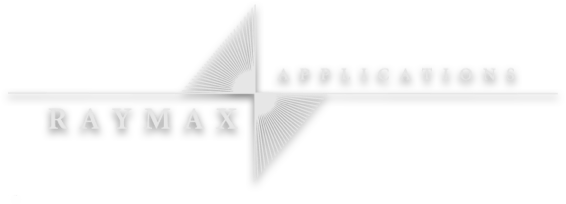It’s well known that honeys made from different flowers have different properties such as taste, texture and nutrition. A recent paper has demonstrated that chemical analysis using near-infrared (NIR) spectroscopy could be used to identify the floral origin of different honeys.
Samples of honey were investigated by traditional analytic methods to determine properties including moisture, colour, and levels of flavonoids, phenols and hydroxymethylfurfural present. These properties depend on the flowers and biogeographic region used in the production of the honey. The same samples then underwent NIR spectrometric measurement with a Viavi MicroNIR unit. Statistical comparison with the traditional methods showed that the spectrometric results were a good predictor of many of the properties being investigated and allowed the creation of a set of predictive models. These models were then validated against a new set of honey samples and found to be a good predictor of honey properties, with a high statistical significance.
Near-infrared spectroscopy has a number of advantages compared to other methods of analysis – it is rapid, non-destructive to samples, and can be performed on-site with portable tools. As the honey industry expands, businesses may find that near-infrared spectroscopy is an effective method of validating the origins of honey and honey products.
If you’d like to know more about spectroscopy and how it could assist in your projects, contact Raymax on (02) 9979 7646 or fill out the form below.
